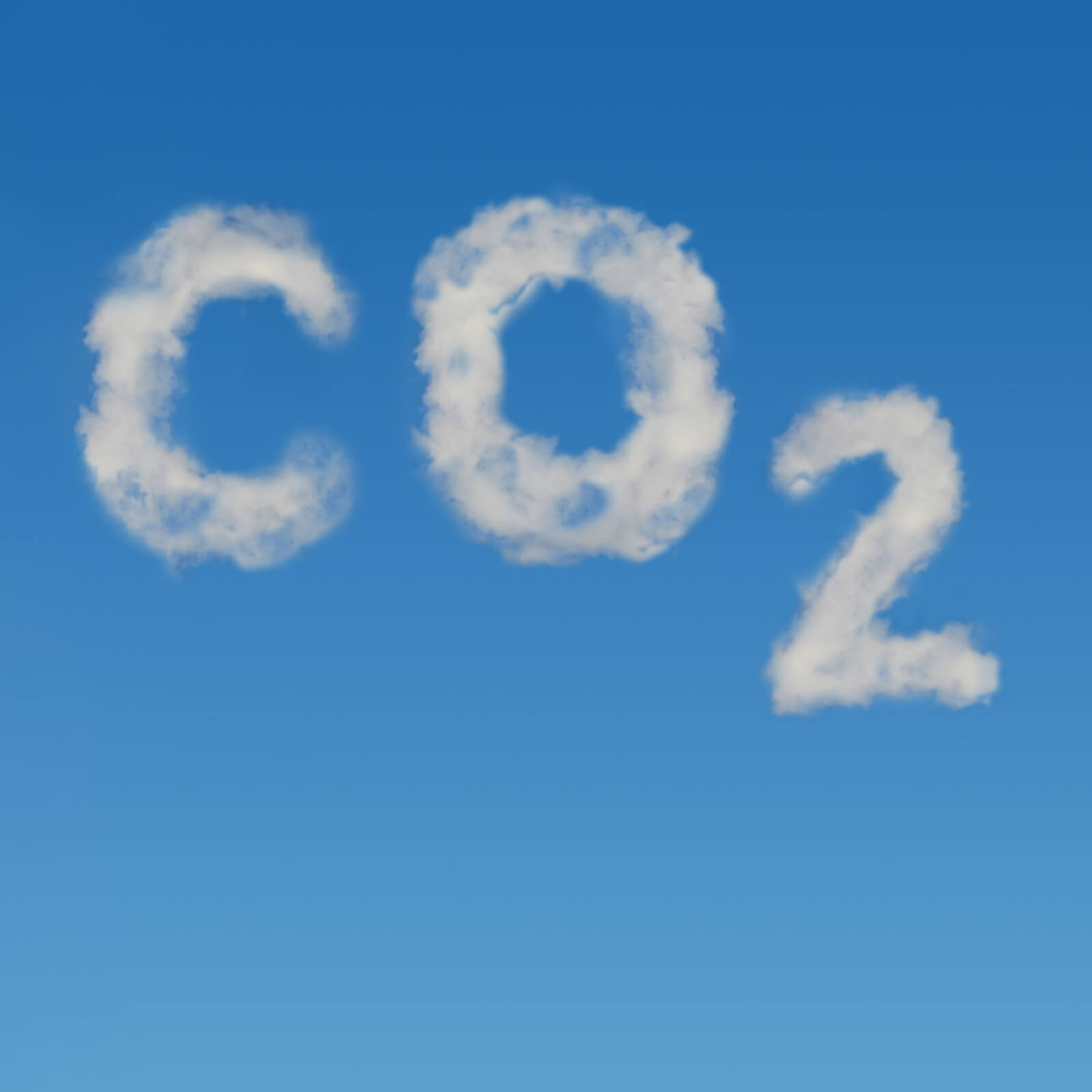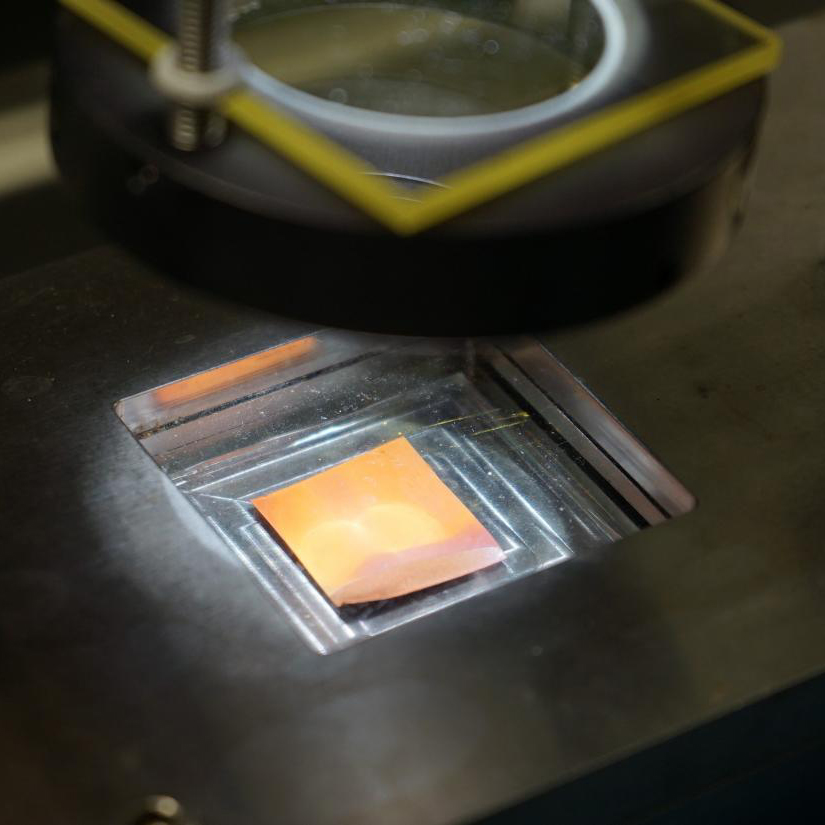Nanotextures solve a historic problem
Nanotexturing that prevents scale forming on the inside of pipes can reduce plant maintenance costs significantly
The new ally in the fight against climate change is photocatalytic materials that break down carbon dioxide with natural light.
While we reduce our carbon dioxide emissions to comply with the Paris Agreement, one alternative is developing technologies against climate change based on the removal of existing carbon dioxide. There are numerous strategies, from carbon dioxide mineralization to the use of green hydrogen, i.e., produced by renewable energies.

At present, these are some of the techniques employed in the mitigation of global warming:
As can be seen, significant efforts are focused on using alternative energy and carbon dioxide capture methods. Carbon dioxide capture can be carried out in two ways. Firstly, by direct means such as industrial processes like mineralization or intervening in the seas with alkalinization techniques. The oceans are acidifying, so using alkaline compounds such as calcium hydroxide could reverse the trend and improve their carbon dioxide absorption capacity. The indirect approach involves restoring ecosystems and soils, both through reforestation and regenerative agriculture that promotes biodiversity.
The most recent IPCC report, which confirms the human origin of global warming and the short time remaining to contain the rise in temperatures, shows the need for a change in energy models, albeit with the use of new technological solutions to speed up the reduction of atmospheric carbon dioxide.
One of the latest technologies in the fight against climate change comes from the field of photocatalysts. Instead of resorting to methods such as carbon dioxide capture, the aim is to disintegrate existing gases or transform them into other products, whether fuels or even fertilizers.
Photocatalysts have been studied for years, but their low efficiency made them unfeasible as a large-scale alternative for carbon dioxide reduction. Fortunately, this technology against climate change now has new materials such as MOFs or nanotechnology, which could make it a leading contender in the decarbonization of the economy.
At the Nagoya Institute of Technology in Japan, they are exploring a much more efficient photocatalyst than those known to date for removing carbon dioxide.
Their research, published in the scientific journal Nature, focuses on the use of silver iodate. Until now, this material required much more energy than that produced by visible light, which makes up most of the solar radiation. Although attempts had been made to combine it with silver iodide to improve its efficiency, industrial production processes remained unfeasible.
The solution proposed by the Japanese scientists resorts to the use of carbon nanotubes together with the two compounds above. In laboratory experiments, the photocatalyst was able to convert carbon dioxide into carbon monoxide.
The production of the new composite is scalable and, according to its inventors, can reduce industrial emissions and atmospheric carbon dioxide, using only renewable energy such as sunlight. Who knows if the buildings of the future will incorporate a layer of paint capable of "devouring" greenhouse gases.

Another application of photocatalysts is their use in the production of fuels. In this case, it would be methane gas. At heart, photocatalysts for processing carbon dioxide replicate the photosynthesis process, as the developers point out.
Led by the University of Hong Kong, this project has used MOFs, i.e., metal-organic materials. Experiments carried out so far in this field used copper oxide, which posed challenges in terms of industrial scalability and rapid environmental degradation. Thus, the researchers have applied a MOF coating that converts carbon dioxide into methane in a stable way and doubles the efficiency in the process.
Methane is considered a green fuel so that in the future it would be possible for industry to cover part of its energy needs by using its carbon dioxide emissions. This would be another example of the so-called circular economy, which seeks zero waste in the production and consumption chains.
In short, photocatalysts are a promising technology against climate change. They could even be critical in producing green hydrogen, one of the renewable energies of the future.
Sources: Technology.org, Eurekalert, https://pv-magazine-usa.com/2021/08/13/new-class-of-photocatalyst-has-implications-for-hydrogen-fuel-production/
All fields are mandatory.
Read the most discussed articles
{{CommentsCount}} Comments
Currently no one has commented on the news.
Be the first to leave a comment.
{{firstLevelComment.Name}}
{{firstLevelComment.DaysAgo}} days ago
{{firstLevelComment.Text}}
Answer{{secondLevelComment.Name}}
{{secondLevelComment.DaysAgo}} days ago
{{secondLevelComment.Text}}